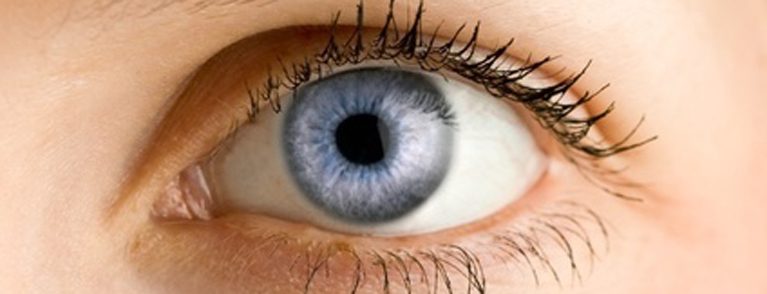A study now published by the Swiss National Association for the Blind SZB calculates the current number of blind and visually impaired people in Switzerland to be over 300,000. According to the umbrella organization, the number of people affected is almost four times higher than previously indicated.
Until now, the number of people living with a visual impairment in Switzerland was estimated at 80,000 to 100,000. This calculation was from the late 1990s and was based on conversions from American studies. Since then, the data situation for Switzerland has changed considerably. The newly available study, published in “Visual Impairment and Blindness: Development in Switzerland”, takes into account all available Swiss statistics and consults almost twenty recent studies from Switzerland and abroad for control. All recent research indicates that visual impairment in old age is much more common than previously thought. In particular, people who did not experience a visual impairment until they were of AHV age were not recorded for a long time; the same applies to many migrants. However, studies by the SZB also show an unexpectedly high incidence of visual impairment among people with intellectual disabilities.
Visual impairments in Switzerland are distributed very differently in the life course of people. While less than half a percent of children are visually impaired, the percentage of visually impaired people in older age is at least 20%. By the seventh decade of life, about seven out of every hundred people are already visually impaired. In the ninth decade of life, visual performance declines rapidly due to the aging process – in many people to such an extent that they can neither read nor recognize faces despite visual and reading aids. Nearly half of those over the age of ninety have significantly and permanently impaired visual function.
430,000 people affected in 2032
According to the calculations of the SZB, the number of blind and visually impaired people will again increase strongly in the coming years. The reason for this is the populous cohorts of the post-war years who will enter retirement and then old age. For example, the SZB predicts that there will be around 400,000 blind and visually impaired people in Switzerland in 2022, and another 430,000 ten years later. After about 2032, the numbers of visually impaired people could decrease again; on the one hand for demographic reasons, on the other hand because therapeutic success can be expected for some age-related visual impairments.
Numerous advantages through early detection
It is often found that visual impairments are denied or concealed for years and can lead to misdiagnosis (such as incipient dementia). Early clarification of sensory performance, rehabilitative counseling and early provision of assistive devices not only contribute to an improved quality of life for those affected, but also protect against exclusion from the social environment. Early detection and competent advice can also help to maintain independence and quality of life for longer in old age.
Source: Media release of the Swiss National Association for the Blind (SZB)











